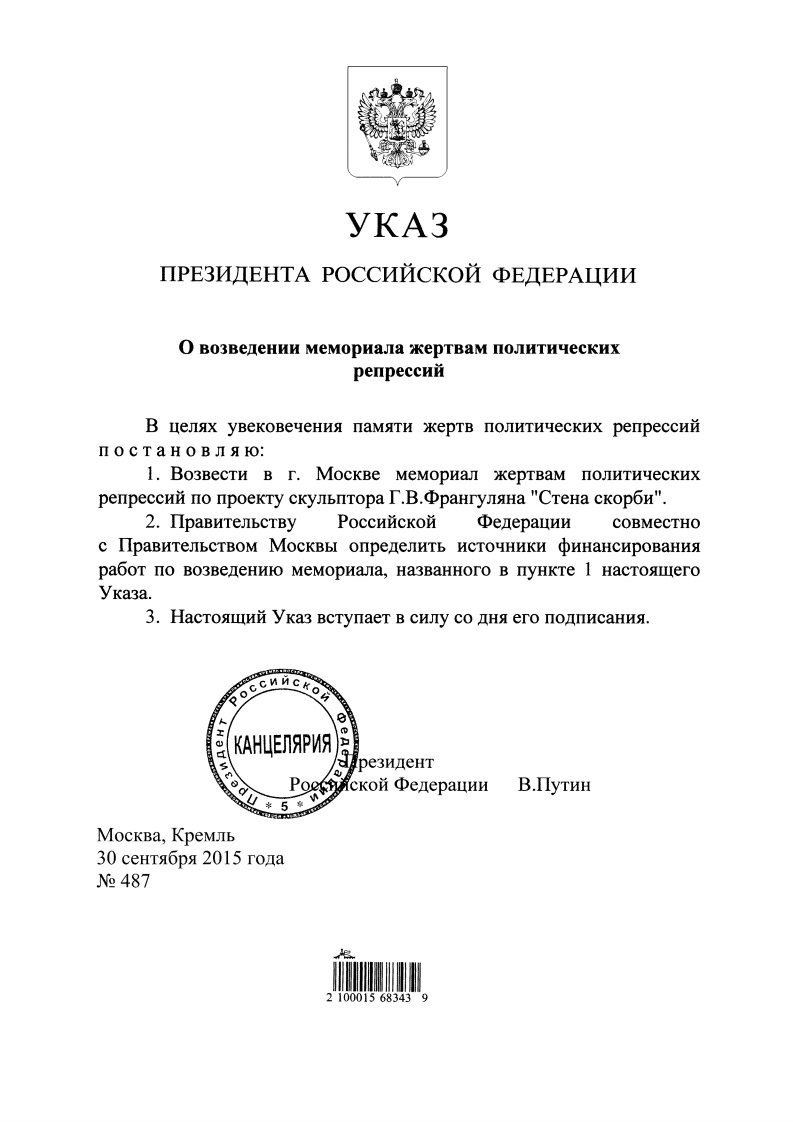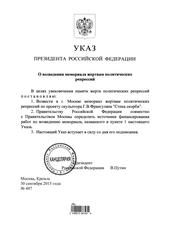
Visiting the Wall of Grief in Moscow: Hours, Tickets, and Tips
Date: 19/07/2024
Introduction
The Wall of Grief, or ‘Стена скорби,’ in Moscow, Russia, stands as a solemn tribute to the victims of political repression during the Soviet era. Unveiled on October 30, 2017, this poignant monument was designed by renowned Russian sculptor Georgy Frangulyan following a national competition. Located at Prospekt Akademika Sakharova, the Wall of Grief serves as a powerful reminder of the millions who suffered under political purges, particularly during the Great Purge of the 1930s (The Moscow Times, Britannica). This comprehensive guide provides detailed information on the Wall of Grief, including its history, cultural significance, visitor information, and practical travel tips to enhance your visit to this significant historical site in Moscow.
Table of Contents
- [Introduction](#introductionintroduction)
- [History of Стена скорби (Wall of Grief)](#history-of-стена-скорби-wall-of-griefhistory-of-стена-скорби-wall-of-grief)
- [Origins and Conceptualization](#origins-and-conceptualizationorigins-and-conceptualization)
- [Design and Construction](#design-and-constructiondesign-and-construction)
- [Historical Context](#historical-contexthistorical-context)
- [Significance and Symbolism](#significance-and-symbolismsignificance-and-symbolism)
- [Public Reception and Controversies](#public-reception-and-controversiespublic-reception-and-controversies)
- [Visitor Information](#visitor-informationvisitor-information)
- [Visiting Hours](#visiting-hoursvisiting-hours)
- [Tickets](#ticketstickets)
- [Location](#locationlocation)
- [Guided Tours](#guided-toursguided-tours)
- [Photography](#photographyphotography)
- [Travel Tips](#travel-tipstravel-tips)
- [Best Time to Visit](#best-time-to-visitbest-time-to-visit)
- [Nearby Attractions](#nearby-attractionsnearby-attractions)
- [Accessibility](#accessibilityaccessibility)
- [Educational and Cultural Impact](#educational-and-cultural-impacteducational-and-cultural-impact)
- [Conclusion and Call to Action](#conclusion-and-call-to-actionconclusion-and-call-to-action)
- [Visuals and Media](#visuals-and-mediavisuals-and-media)
- [Internal and External Links](#internal-and-external-linksinternal-and-external-links)
- [FAQ](#faqfaq)
- [References](#referencesreferences)
History of Стена скорби (Wall of Grief)
Origins and Conceptualization
The Wall of Grief was conceived to commemorate the victims of political repression during the Soviet era. Although the idea for such a memorial had been discussed for decades, it wasn’t until the early 21st century that concrete steps were taken to bring it to fruition. The initiative gained momentum in the 2000s, driven by the need to acknowledge and remember the suffering endured by millions under the Soviet regime.
Design and Construction
The design of the Wall of Grief was the result of a national competition held in 2015. The winning design was created by renowned Russian sculptor Georgy Frangulyan. His vision was to create a powerful and evocative structure that would serve as a stark reminder of the past. The monument features a large bronze wall with numerous human faces emerging from it, symbolizing the countless individuals who were silenced and oppressed.
Construction of the Wall of Grief began in 2016 and was completed in 2017. The project was funded by both the Russian government and private donations, reflecting a broad base of support for the initiative. The monument was officially unveiled on October 30, 2017, coinciding with the Day of Remembrance of the Victims of Political Repressions in Russia (The Moscow Times).
Historical Context
The Wall of Grief stands as a testament to the dark chapters of Soviet history, particularly the Great Purge of the 1930s. During this period, under the leadership of Joseph Stalin, millions of people were arrested, exiled, or executed on charges of being “enemies of the people.” The purges targeted a wide range of individuals, including political dissidents, intellectuals, and ordinary citizens. Estimates suggest that between 600,000 and 1.2 million people were executed, and millions more were sent to labor camps (Britannica).
Significance and Symbolism
The Wall of Grief is not just a memorial; it is a symbol of national reflection and reconciliation. The faces emerging from the wall represent the anonymity and dehumanization experienced by the victims. The monument’s location in Moscow, the heart of political power in Russia, underscores its significance. It serves as a reminder to current and future generations of the importance of human rights and the dangers of unchecked political power.
The unveiling ceremony in 2017 was attended by Russian President Vladimir Putin, who emphasized the importance of remembering the past to prevent future atrocities. The Wall of Grief has since become a site of pilgrimage for those wishing to pay their respects and reflect on the lessons of history (Reuters).
Public Reception and Controversies
The Wall of Grief has elicited a range of responses from the public and historians. Many view it as a necessary and overdue acknowledgment of the suffering endured by millions. However, some critics argue that the monument does not go far enough in addressing the full scope of the Soviet regime’s atrocities. There are also debates about the role of the current Russian government in shaping historical narratives and whether the monument represents a genuine effort at reconciliation or a symbolic gesture (The Guardian).
Visitor Information
Visiting Hours
The Wall of Grief is accessible to the public 24/7.
Tickets
There is no entrance fee to visit the Wall of Grief.
Location
The monument is situated at Prospekt Akademika Sakharova in Moscow.
Guided Tours
While there are no specific guided tours for the Wall of Grief, many city tours include a visit to this site.
Photography
The monument offers numerous photographic spots, especially at sunrise or sunset when the lighting enhances the bronze faces.
Travel Tips
Best Time to Visit
Early morning or late afternoon to avoid the crowds and capture the best light for photos.
Nearby Attractions
The monument is close to other historical sites such as the Gulag History Museum and Lubyanka Square.
Accessibility
The site is wheelchair accessible, and there are benches nearby for those who need to rest.
Educational and Cultural Impact
Since its unveiling, the Wall of Grief has become an important educational tool. Schools and universities in Russia incorporate visits to the monument into their curricula, using it as a starting point for discussions about history, politics, and human rights. The monument also features prominently in cultural events and public commemorations, serving as a focal point for collective memory and reflection.
The Wall of Grief has inspired similar initiatives in other parts of Russia and former Soviet states, highlighting a growing recognition of the need to confront and remember the past. It stands as a powerful example of how art and architecture can contribute to historical understanding and healing.
Conclusion and Call to Action
In conclusion, the Wall of Grief in Moscow is a vital historical and cultural landmark. It commemorates the victims of political repression, serves as a symbol of national reflection, and plays an important role in education and public memory. Its creation and continued relevance underscore the importance of confronting and remembering the darker chapters of history. Plan your visit today and explore more about Moscow’s historical sites. For more travel tips and historical insights, follow us on social media and download our mobile app Audiala.
Visuals and Media
Incorporate high-quality images or videos of the Wall of Grief to enhance your reading experience. Interactive elements like virtual tours or maps can provide deeper engagement. Optimize these visuals for the web with correct sizing and alt tags containing relevant keywords.
Internal and External Links
For further reading, visit the official website for the Wall of Grief or explore related articles on our site about Moscow’s historical landmarks and the Soviet era.
FAQ
- Is there a fee to visit the Wall of Grief? No, visiting the Wall of Grief is free of charge.
- What are the opening hours for the Wall of Grief? The monument is accessible 24/7.
- Are there guided tours available? While there are no specific guided tours for the Wall of Grief, many city tours include a visit to this site.
- Is the Wall of Grief wheelchair accessible? Yes, the site is wheelchair accessible.
References
- Russia Unveils ‘Wall of Grief’ Memorial to Stalin Victims, 2017, The Moscow Times
- Great Purge, n.d., Encyclopaedia Britannica
- Russia Unveils Memorial to Victims of Soviet-Era Repression, 2017, Reuters
- Russia Unveils Wall of Grief Memorial to Stalin Victims, 2017, The Guardian





















































































































































































































































































